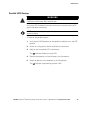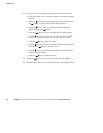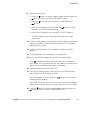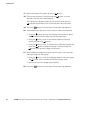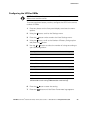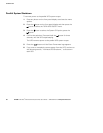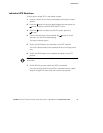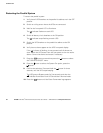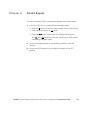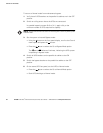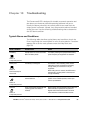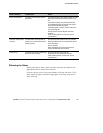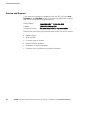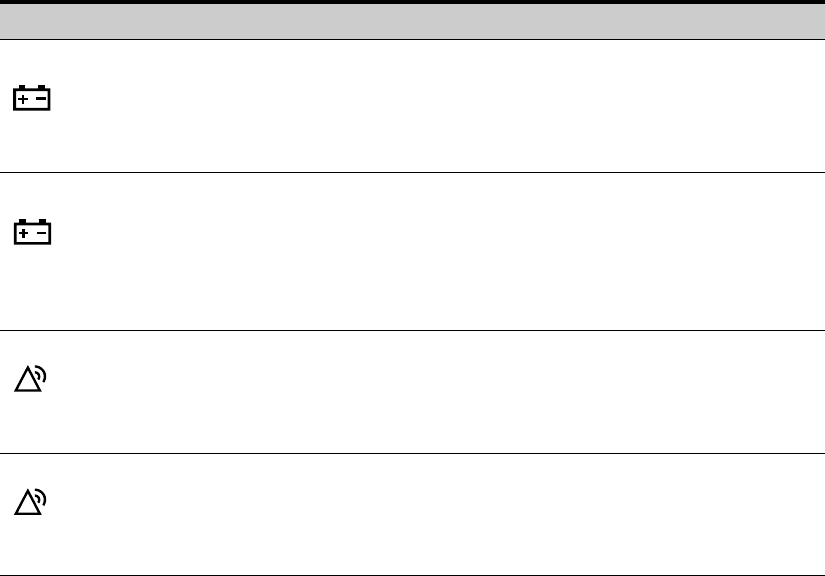
EATON Powerware
®
9155 Parallel UPS (8–15 kVA) User’s Guide S 164201592 Rev C www.powerware.com
55
Chapter 10 Troubleshooting
The Powerware 9155 is designed for durable, automatic operation and
also alerts you whenever potential operating problems may occur.
Usually the alarms shown by the control panel do not mean that the
output power is affected. Instead, they are preventive alarms intended
to alert the user. Use the following troubleshooting chart to determine
the UPS alarm condition.
Typical Alarms and Conditions
The following table describes typical alarms and conditions; check the
Event Log through the control panel for a list of active alarms. If an alarm
appears with a service code, please contact the Help Desk (see
page 58).
Alarm or Condition Possible Cause Action
On Battery
LED is on.
1 beep every second.
A utility failure has occurred and the
UPS is in Battery mode.
The UPS is powering the equipment with battery
power. Prepare your equipment for shutdown.
Battery Low
LED is on.
Continuous beep for
10 seconds.
The battery is running low. Five minutes or less of battery power remains
(depending on load configuration and battery
charge). Save your work and turn off your
equipment.
When utility power is restored, the UPS restarts
automatically, provides power to the load, and
charges the battery.
Battery Breaker
LED is on.
1 beep every second.
The UPS does not recognize the
internal batteries.
Verify the battery circuit breaker is in the ON
position. If the condition persists, contact your
service representative.
Overload
LED is on.
1 beep every second.
Power requirements exceed the UPS
capacity (greater than 100% of
nominal).
Remove some of the equipment from the UPS. The
UPS continues to operate, but may switch to
Bypass mode if the load increases. The alarm
resets when the condition becomes inactive.



